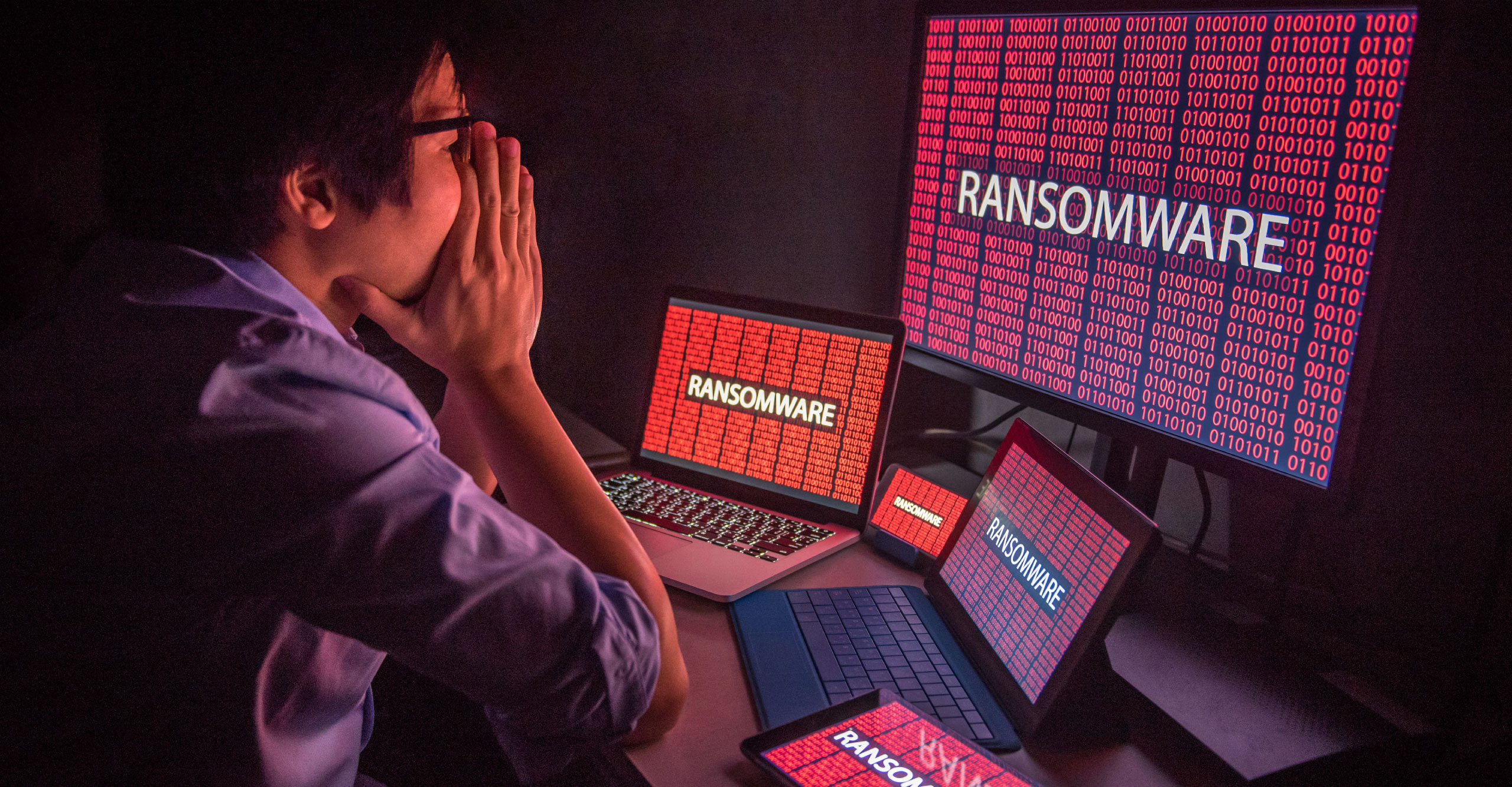Ransomware attacks can be deadly for a small- to medium-sized business. In fact, one survey of 1,200 SMBs found that 75 percent say they would only be able to survive three to seven days in the event of a ransomware attack, according to PR Newswire.
Ransomware is a pervasive threat to all organizations, but particularly to SMBs who don’t have the ability to recover from a ransomware attack as easily. That’s why a robust network security plan for your business is critical. Because SMBs are an important part of the supply chain, it’s more important than ever for them to protect themselves against these attacks.
In 2022, 73 percent of organizations experienced a ransomware attack. What is a ransomware attack? It’s a type of malicious software (AKA malware) that threatens to block access to or publish data on a computer system, typically through encryption. It is generally advised not to pay the ransom if targeted to prevent an ongoing ransomware cycle; however, half of those who pay the ransom will suffer from repeat ransomware attacks.
Ransomware attacks became more and more common starting in 1989, eventually soaring in popularity with the emergence and growth of cryptocurrencies like Bitcoin.
Why SMBs Are Vulnerable
Drawing more from the above-mentioned report, 30 of the SMBs surveyed said they didn’t have a written incident response plan in place that could readily respond to cyberthreats. Of those who did have a plan in place, 35 percent last tested it out more than six months ago. Furthermore, 20 percent of respondents say they do not have offline backups of highly sensitive data that may be encrypted in an attack, while 34 percent admitted that they do not test their employees on phishing to determine their exposure level to risk.
As a side note, phishing is a social engineering method of fraudulently obtaining information to access devices or networks, typically disguising communication or web pages as originating from a trusted source. Although 75 percent say their companies would survive just three to seven days after a ransomware attack, 47 percent said they would survive for just three days.
There are many reasons why SMBs are more vulnerable to ransomware attacks than larger organizations. Here are just a few:
- Limited Resources and Expertise: SMBs lack dedicated cybersecurity resources and personnel. Due to smaller IT budgets, they focus more on operations and growth than security, often leading to outdated security systems and software. Translation: they become an easy target for cybercriminals.
- Lack of Employee Training: Phishing emails remain the top entry point for ransomware, tricking employees into clicking on attachments and links that could be harmful. Many SMBs lack comprehensive cybersecurity training programs that are designed to educate staff about these threats.
- Insufficient Backups: While regularly updating data backups can lower the impact of ransomware attacks, SMBs typically have infrequent or inadequate backup protocols. Translation: an attack could lead to significant data loss.
Research shows the types of SMBs that are most at risk include the healthcare, financial, and manufacturing sectors.
Tips to Surviving a Ransomware Attack
As an SMB, you need to arm yourself with a combination of preparation and intentionality. Knowing the game plan in advance will severely limit the devastation your company would face in the event of a ransomware attack, allowing you to mitigate the effects more readily. Here are some tips.
- Create a written incident response plan and update/test it often. It’s good to do this at least every six months.
- Scan internet-facing IT assets for security vulnerabilities. Correct them as soon as detected so they can’t be exploited by attackers.
- Regularly test employees on social engineering and phishing attacks so they know how to avoid downloading malware or unwittingly giving account access to attackers.
- Segment your network into different zones, each separate from the other. Air gap crucial IT assets so ransomware won’t spread across the whole network.
- Require multi-factor authentication. This remains one of the top ways to prevent attackers from using stolen credentials to fuel their ransomware attack.
- Store backups of critical files offline so attackers cannot locate and encrypt those backups.
- Regularly test your cybersecurity tools and technologies to uncover any flaws before they become vulnerable to exploitation from attackers.
Protect Yourself Against a Ransomware Attack With Cardinal Technology Solutions
Would YOU survive a ransomware attack? We can let you in on some important ways to protect your SMB from ransomware attacks. One of our specialties is malware and ransomware prevention. Don’t leave your business vulnerable to attack. Get a free quote from Cardinal Technology Solutions today to find out how.


